Updated 13th September, 2016 – with new information
I’ve updated this piece based on recent information and learning. I have added to what I knew previously, nothing has been changed or deleted.
Thank you to all the readers who have shared and continue to share information that enables these discoveries. I appreciate it.
———————————————————————————————————————
🙂 – to be honest, most people will not be familiar with these fruits.
Monkey Cola
First seen – August 2011, Port Harcourt
The first time I came across this fruit, I was intrigued by its crunch and taste – halfway between fresh green peas and carrots and frustrated because I couldn’t find it botanical name.
Related to the Kola nut, this ‘fruit’ is commonly eaten by moneys in the forest around southern Nigeria and Cameroun. This orange variety is one of several, including yellow and white.
It is great as a snack and delicious in a relish.
‘Local Strawberry’
First seen – July 2014, Port Harcourt
Named – August 2016, Lagos, as Olohun (read the blog post for more)
One of the reasons I miss Port Harcourt is the way it introduced me to fruits and vegetables I wasn’t familiar with. Like this, called Local Strawberries. I know, they look nothing like strawberries…
It took me a while to find anyone who knew them. A colleague of mine finally gave me a clue that led me to think they are the same as the Brazilian Jabuticaba.
He said the fruit grew off the trunks of the tree. And so I began my internet search and that led me to Jabuticaba.
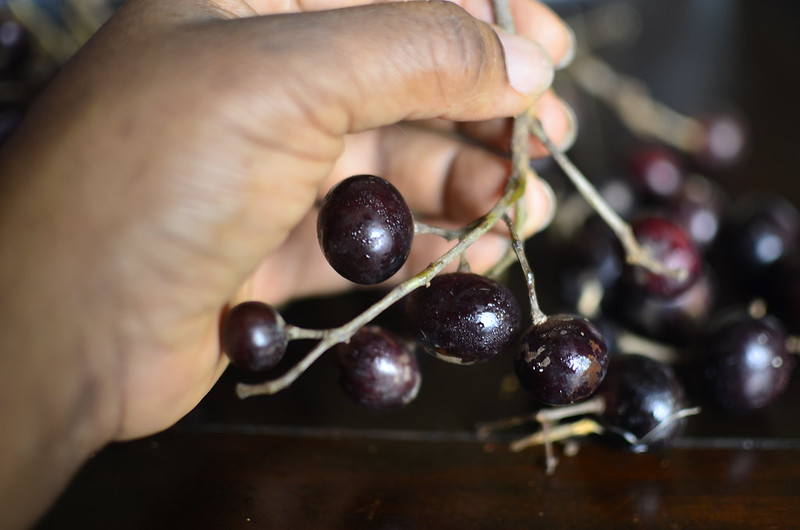
The fruit is a thick-skinned berry and typically measures 3–4 cm in diameter. The fruit resembles that of a slip-skin grape. It has a thick, purple, astringent skin that encases a sweet, white or rosy pink gelatinous flesh. Embedded within the flesh are one to four large seeds, which vary in shape depending on the species; Wikipedia
And then a few months ago, we were at Freedom park in Lagos and what did I see? This tree.
Yes, the same sort, with green fruit.
I haven’t been back to check if the fruit is ripe but I will do soon.
In August of 2016, I learnt that these are known as Olohun, common in Nigeria and parts of West Africa. Read the post here.
Ube Ukpoko/ Atili
First seen – October 2014, Port Harcourt
I always thought these were Ube, African butter pear till I bought some one day and realised they were different.
Thanks to Natural Nigerian, I found out its name.
More information available here
June Plums
First seen – December 2014, Port Harcourt
More information available here
All you need to know about this fruit is you should never just take a bite. It has a big-a** spiky seed that could wreck havoc on tongue and mouth. Beware.
Saying that, it is a delicious ‘plum’, which made a gorgeous pepper jam, served at a Christmas table past.
Ackee, aka Ishin
First seen – February 2015, Lagos
So one day, I’m heading to a meeting out of the office and we drive by a street in Ikoyi, Lagos. I see a tree full of fruit and don’t stop but note the location.
That’s the route I take home that evening.
I stop by and see a tree full of fruit. Initially, I thought it was the rose/ mountain apple but on closer look, discovered it wasn’t. The men who stood and worked under the tree called it ‘Ishin’, in Yoruba. They told me the fruit opened up when ripe and not to eat it in its unripe state as it was poisonous.
The ackee tree is indigenous to West Africa, where it is called ankye or ishin. Thomas Clarke, Jamaica’s first botanist, introduced the plant to the island in 1778. However, the ackee tree, Blighia sapida, was named after the infamous Captain William Bligh who took the breadfruit tree to the West Indies. The tree also grows in other West Indian Islands such as Cuba, Haiti and Barbados, in Central America, and in Southern Florida; eMedicene
Google led me to the Ackee, which is surprisingly indigenous to Nigeria and West Africa, not Jamaica where it is soooooooooo well know.
An association between ackee poisoning and Jamaican vomiting sickness was first noted in 1875 and documented in 1904. In 1937, Jordan and Burrows found a water-soluble toxic material in the seed and pods of the ackee fruit. In 1954, Hassal et al were the first to isolate 2 toxic compounds in their crystalline form. These compounds were called hypoglycin A and hypoglycin B because of their hypoglycemic activity; eMedicene
So there, five rare/ uncommon Nigerian fruits.

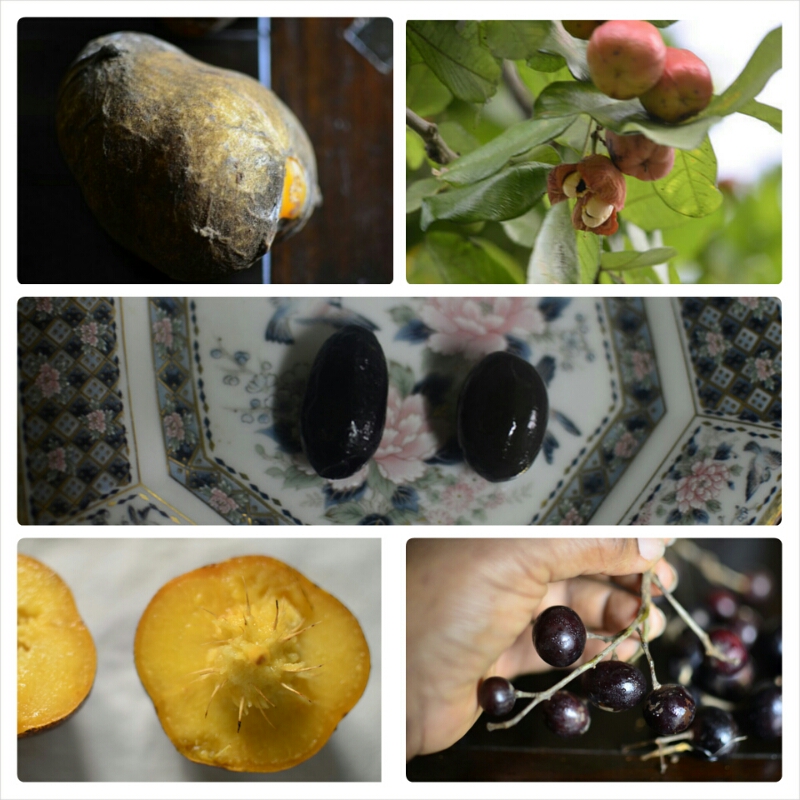
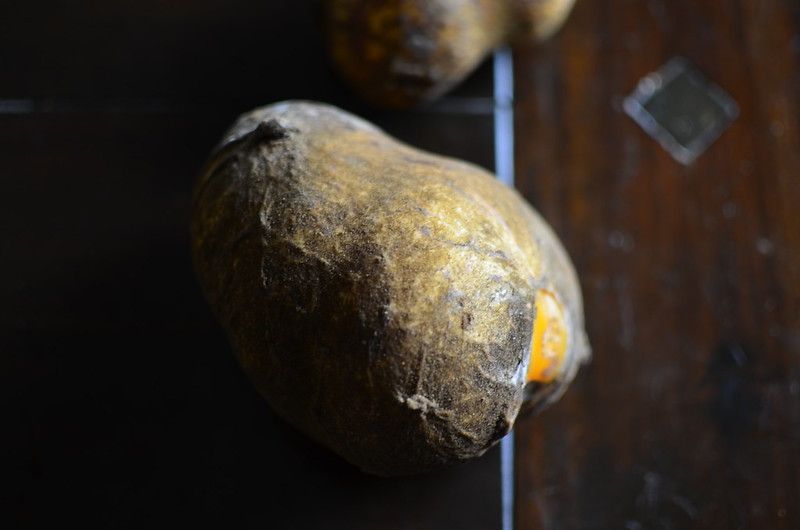
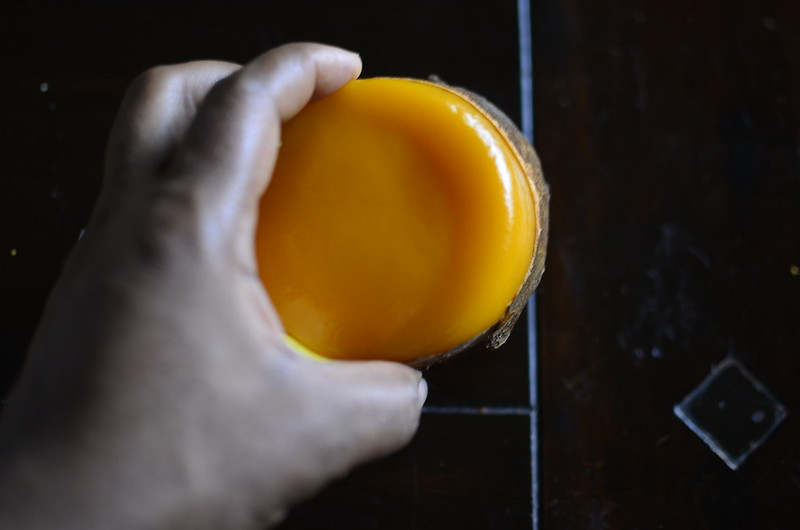
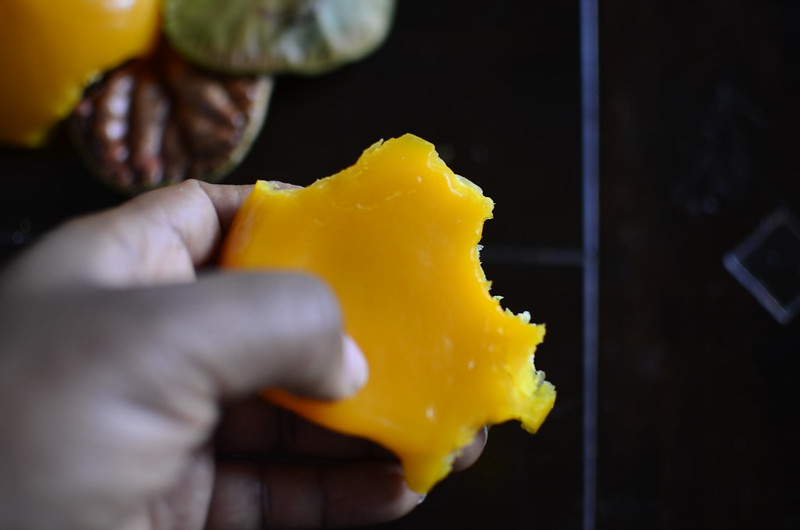
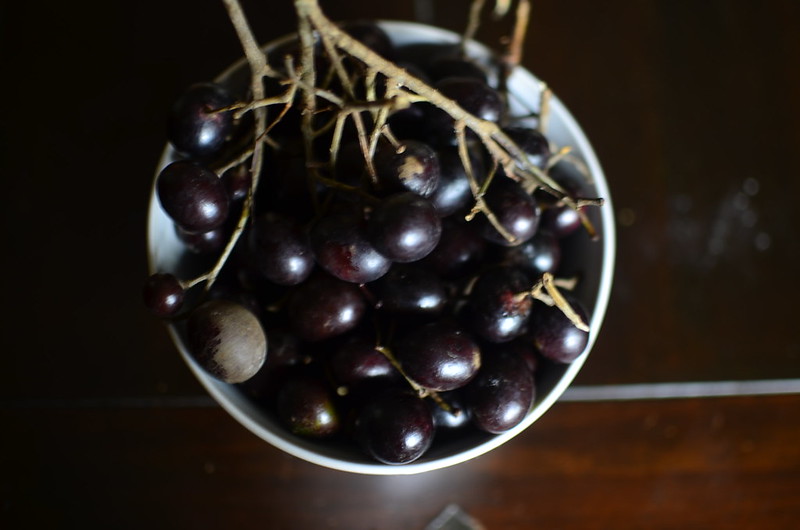
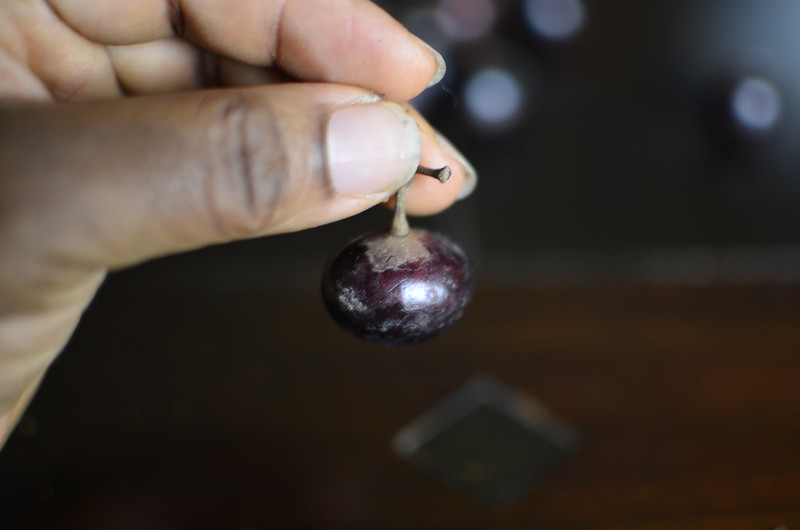
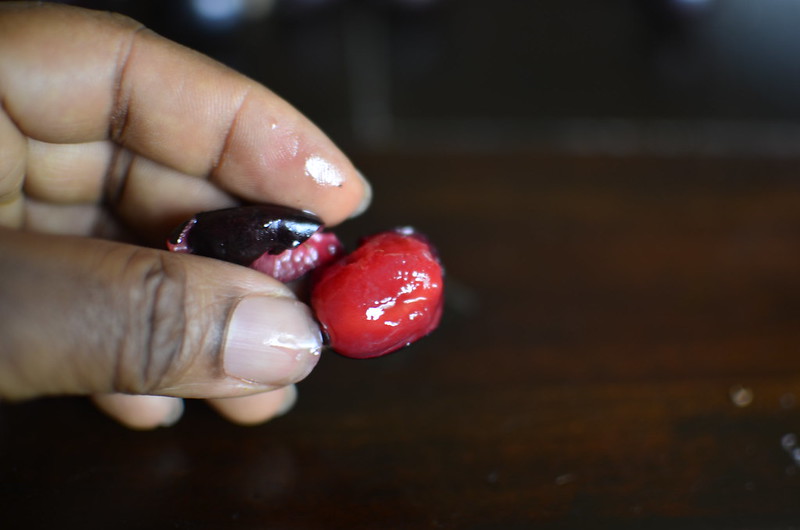
![2014-11-15_11.25.40_1[1]](https://farm9.staticflickr.com/8825/17039409062_d3686accbb_c.jpg)
![2014-11-15_11.25.47_1[1]](https://farm9.staticflickr.com/8737/16420703513_95f5cd2e78_c.jpg)
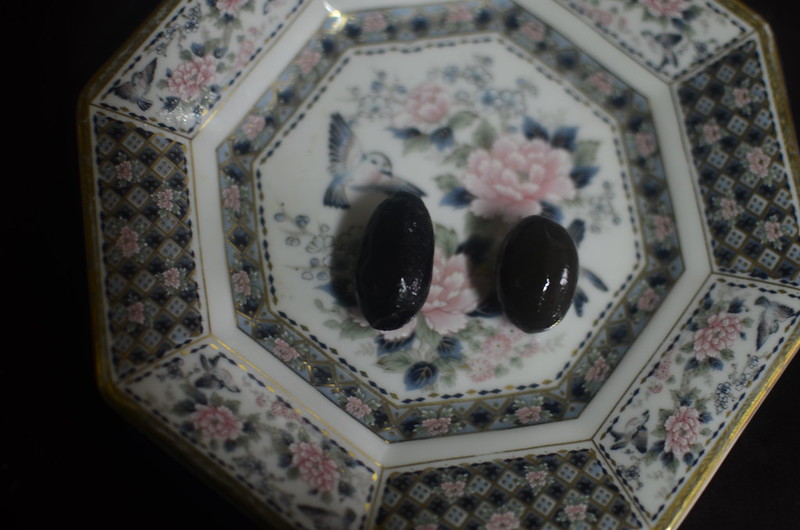
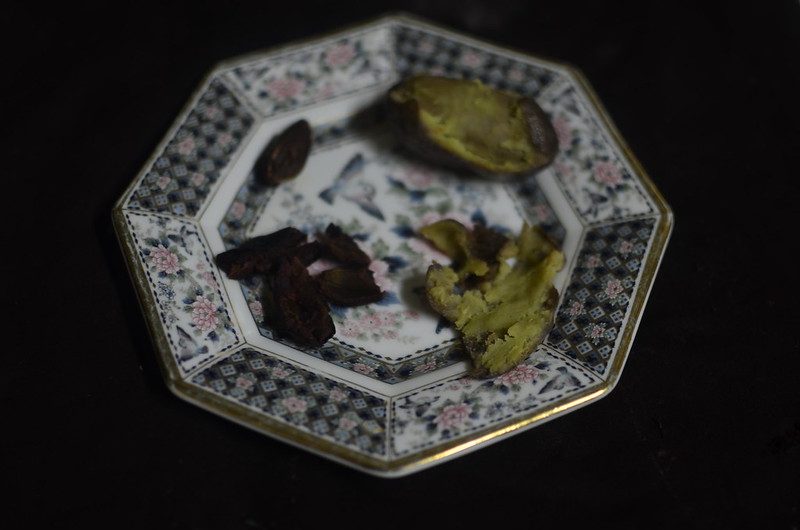
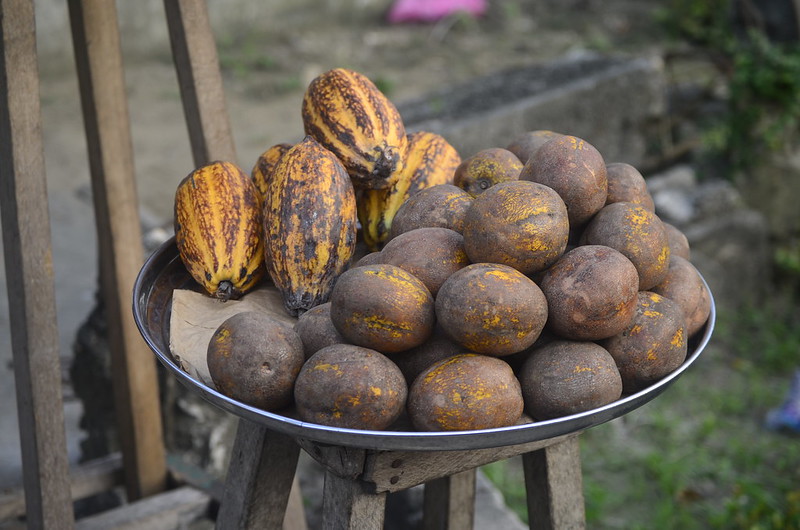

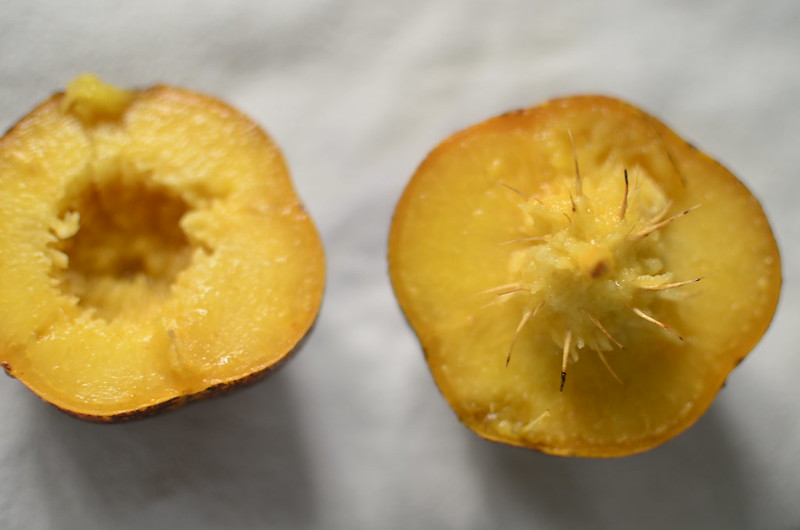
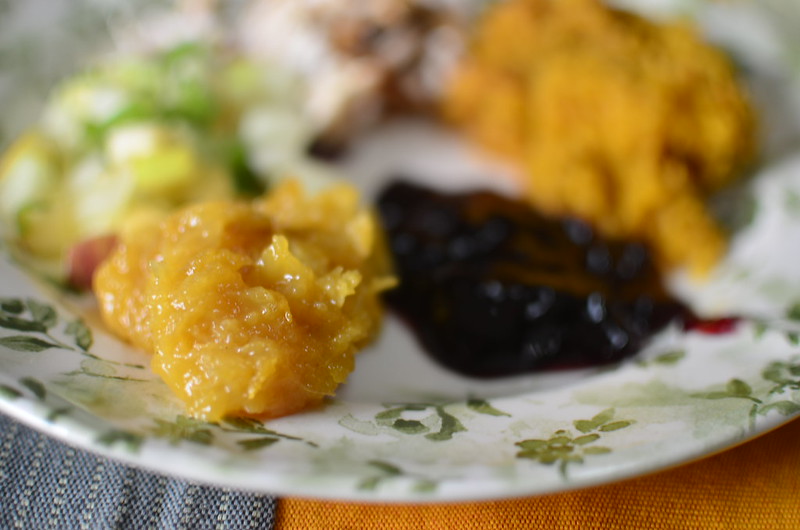
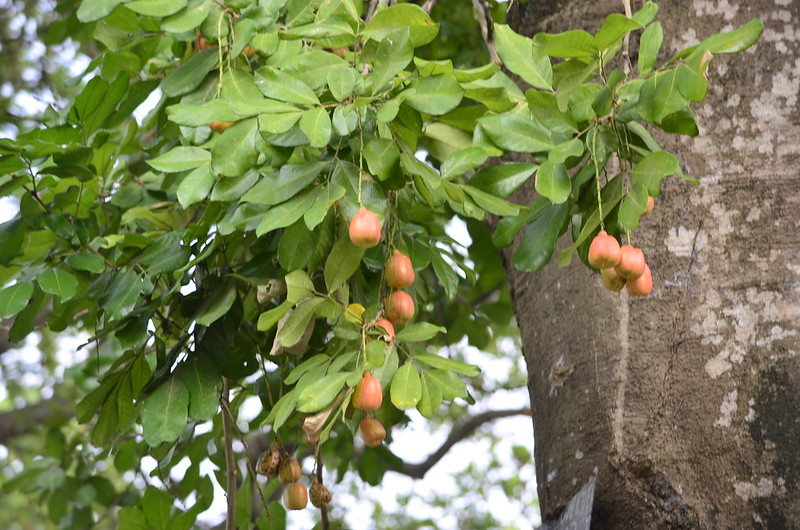

Leave a Reply